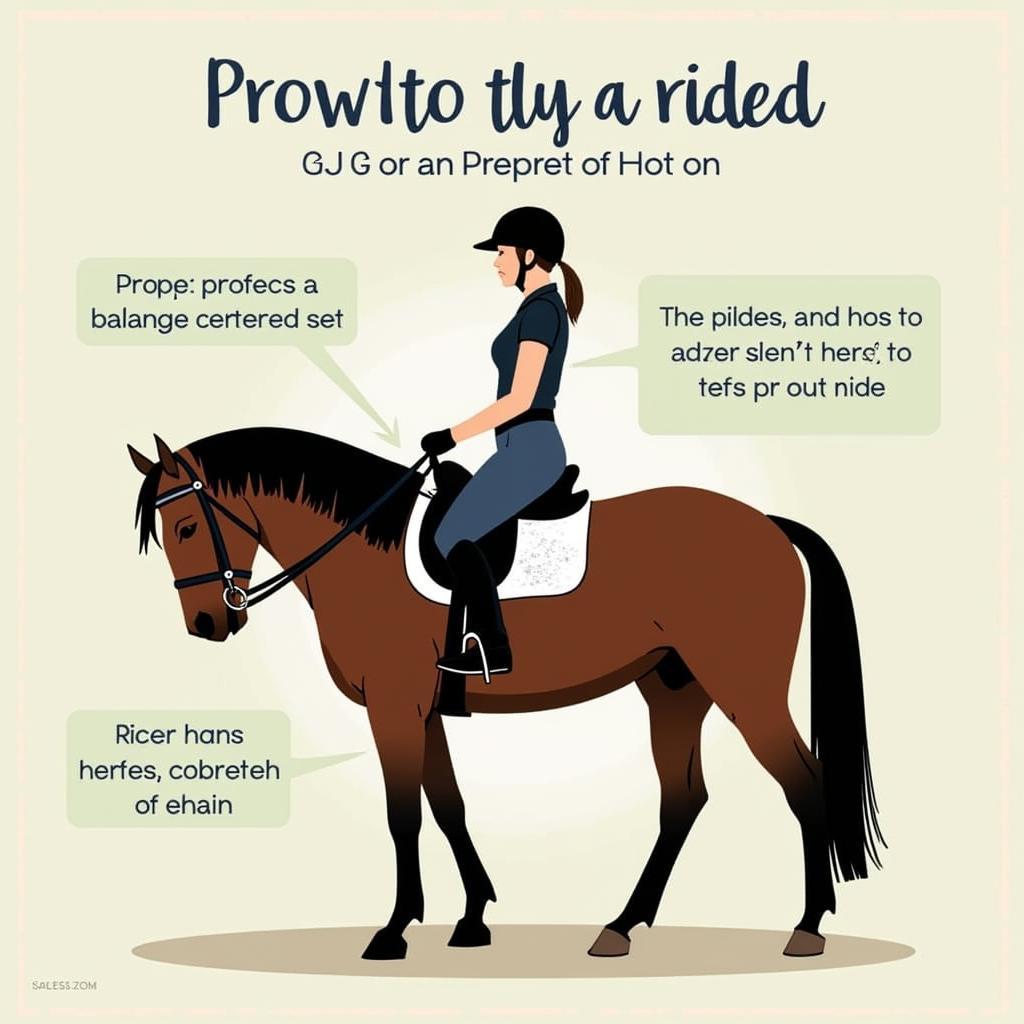Saddleseat Horses are known for their elegant gaits and refined presence. This comprehensive guide dives into the world of saddleseat horses, exploring their history, characteristics, training, and the unique equestrian discipline they represent. We’ll cover everything from choosing the right saddle to understanding the nuances of saddleseat equitation.
History and Development of Saddleseat Horses
Saddleseat riding originated in the American South, evolving from the plantation walking horses used for comfortable travel over long distances. These horses were bred for smooth gaits and stamina, qualities that remain central to the saddleseat discipline today. Over time, the style evolved to emphasize elegance and showmanship, incorporating influences from other riding disciplines. The formation of breed registries, such as the American Saddlebred Horse Association, further solidified the saddleseat horse as a distinct type.
Key Characteristics of a Saddleseat Horse
What makes a saddleseat horse stand out? Certain breeds are particularly well-suited for saddleseat, including American Saddlebreds, Morgans, and Tennessee Walking Horses. These breeds naturally possess the desired high-stepping gaits, including the walk, trot, and canter, which are further refined through specialized training. Beyond gait, saddleseat horses are known for their elegant conformation, featuring a long, arched neck, refined head, and sloping shoulders. Temperament is also key, with a calm and willing disposition being highly valued.
Choosing the Right Saddleseat Equipment
Proper equipment is essential for both horse and rider in saddleseat. The saddle itself is specifically designed to accommodate the horse’s high head carriage and animated gaits. Bridles are typically fine and elegant, often featuring a double bridle for precise control. Other essential equipment includes specialized saddle pads, girths, and martingales. Selecting the right equipment ensures the horse’s comfort and allows the rider to effectively communicate and perform.
Training and Showing Saddleseat Horses
Training a saddleseat horse requires patience, expertise, and a deep understanding of the discipline. The goal is to develop the horse’s natural gaits into the refined, exaggerated movements characteristic of saddleseat. This involves a combination of groundwork, lunging, and ridden work. Showing a saddleseat horse involves competing in various classes, judged on the horse’s performance, conformation, and the rider’s equitation.
What are the key elements judges look for in saddleseat equitation? Riders are evaluated on their posture, balance, and use of aids. A deep, centered seat, quiet hands, and subtle leg cues are essential for effective communication and a harmonious partnership with the horse. The overall picture should convey elegance, precision, and a seamless connection between horse and rider.
 Saddleseat rider demonstrating correct equitation and form.
Saddleseat rider demonstrating correct equitation and form.
The Future of Saddleseat Riding
Saddleseat riding continues to evolve while maintaining its core values of elegance and tradition. New training techniques and equipment are constantly being developed, and the discipline is gaining popularity in different parts of the world. The future of saddleseat looks bright, with a growing community of dedicated riders and enthusiasts preserving and promoting this unique equestrian art form. Looking to buy a horse suitable for saddleseat? Check out our bfa horse sale.
Conclusion
Saddleseat horses represent a unique blend of athleticism, elegance, and tradition. From their historical roots to the intricacies of modern competition, saddleseat riding offers a rewarding experience for both horse and rider. By understanding the key characteristics, training methods, and equipment involved, you can appreciate the artistry and dedication that define this captivating equestrian discipline. Keep exploring the world of saddleseat horses to deepen your knowledge and passion for this elegant equestrian pursuit.
FAQs
- What breeds are commonly used for saddleseat?
- What are the characteristic gaits of a saddleseat horse?
- What type of saddle is used in saddleseat riding?
- What are the key elements of saddleseat equitation?
- Where can I find saddleseat horses for sale?
- What is the history of saddleseat riding?
- How is a saddleseat horse trained?
Common Scenarios and Questions
Scenario: You are considering purchasing a saddleseat horse.
Questions: What age and experience level should I look for? What are the common health concerns in saddleseat horses? What is a reasonable price range for a well-trained saddleseat horse?
Scenario: You are new to saddleseat riding.
Questions: What type of lessons should I take? What equipment do I need to get started? How can I improve my equitation?
Further Reading and Resources
Explore our website for more articles on saddleseat riding, horse care, and other equestrian disciplines. We also recommend checking out resources from breed associations and equestrian organizations for further information.
Contact Us
For further assistance, please contact us at Phone: 0772127271, Email: [email protected] or visit us at QGM2+WX2, Vị Trung, Vị Thuỷ, Hậu Giang, Việt Nam. We have a 24/7 customer service team.